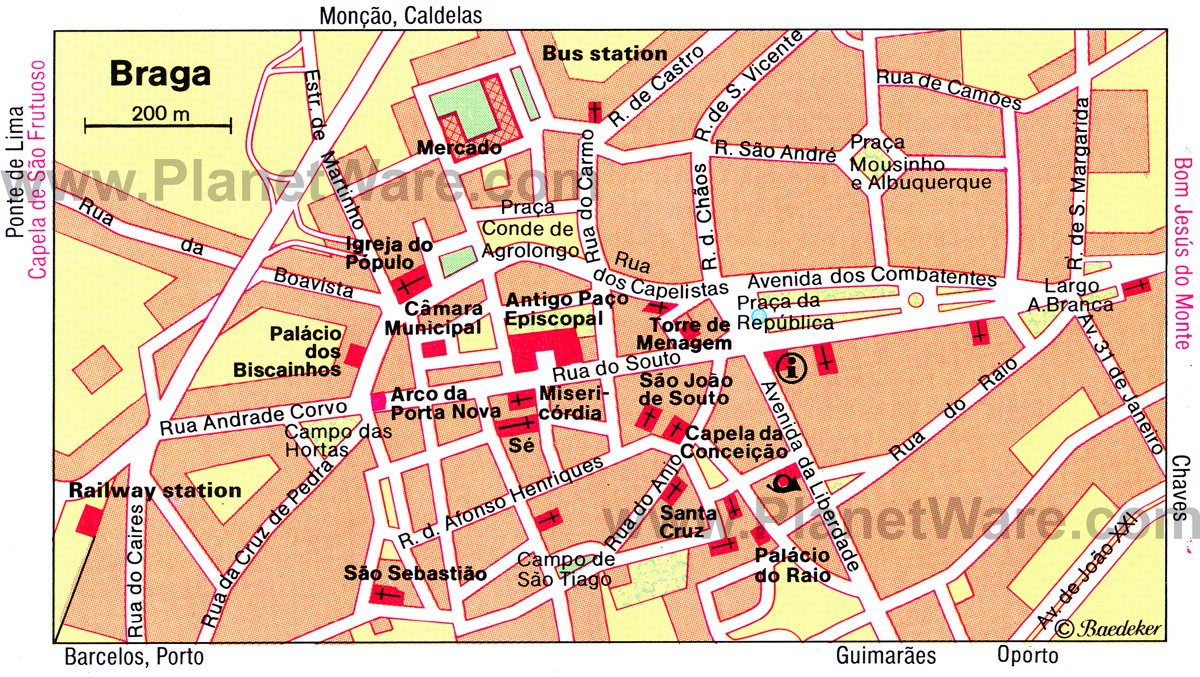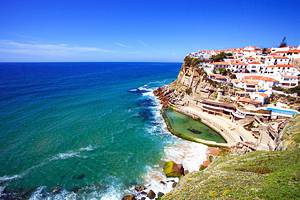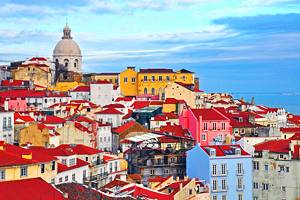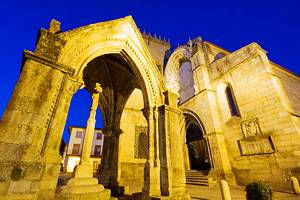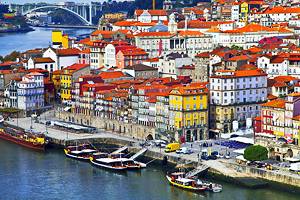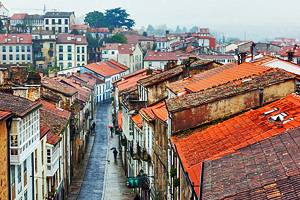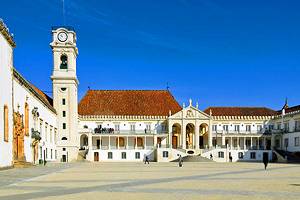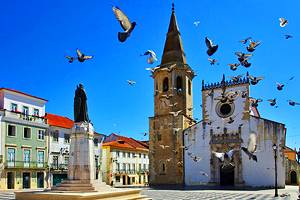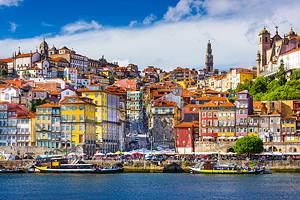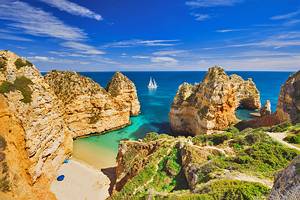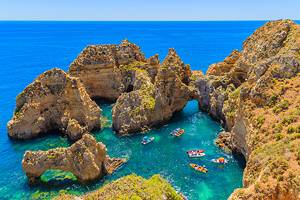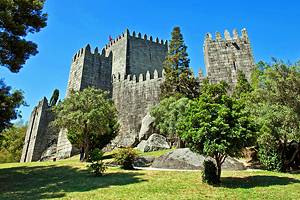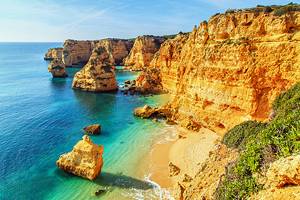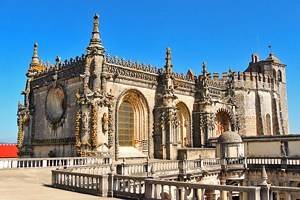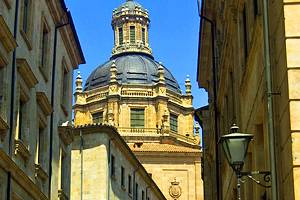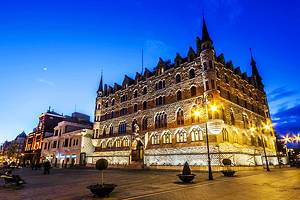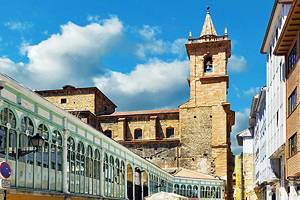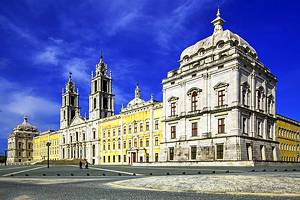Tourist Attractions in Braga & Easy Day Trips
Braga is Portugal's religious capital. Located in the northern Minho region, the city is also one of the country's oldest, most likely founded by Bracari Celts and known in Roman times as Bracara Augusta. In the 12th century, Braga became the seat of Portugal's archbishops and remains the nation's most important religious center. Pious and brooding, Braga's ecclesiastical clout is underpinned by a rich collection of churches, chapels, and monasteries, so many in fact that it's often referred to as the "Portuguese Rome."
The old town features a number of splendid 18th-century mansions fashioned out of granite in an imposing architectural style representative of the city. Some of these noble buildings house excellent museums that further enhance the sightseeing experience. In keeping with its devout and saintly character, Braga hosts one of the most colorful religious festivals in Portugal, the annual Semana Santa (Holy Week).
Venturing outside the city, visitors will be further rewarded with a selection of equally impressive religious buildings and sanctuaries, and one or two idyllic market towns set on the River Lima. For more ideas on the best places to visit in and near the city, see our list of the top attractions in Braga.
Sé (Cathedral)
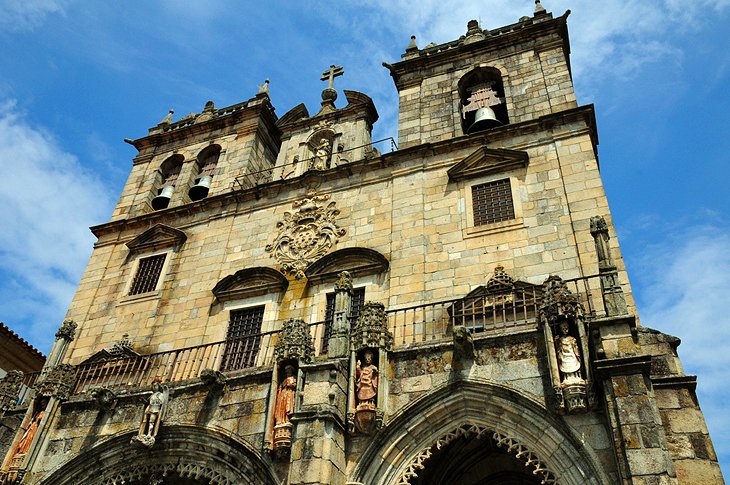
Work began on Braga's imposing cathedral in 1070 and wasn't completed until the following century. It was built on the site of an earlier Romanesque church that was destroyed in the 16th century.
Greatly enlarged in later centuries, the building's rather haphazard architectural style reflects the many changes the cathedral has undergone. Its additions are exemplified by the ornate Manueline towers and the graceful 15th-century galilee (porch) - a sightseeing highlight.
Inside, the chapel houses the tomb of the infant Dom Afonso, the first-born son of João I. Other outstanding features include a number of Gothic chapels accessible from the cloister, one of which, the showpiece Capela dos Reis, contains the tombs of Henry of Burgundy and Dona Teresa, the parents of the first king of Portugal, Afonso Henriques.
Visitors should also note the upper choir with its fine 15th-century carved wooden stalls and magnificent gilded Baroque organ cases.
Address: Rua Dom Paio Mendes, Braga
Museu de Arte Sacra (Museum of Sacred Art)
The Museum of Sacred Art is housed in the cathedral's Treasury and brims with a rich collection of religious artworks and other ecclesiastical treasures. Ancient statues, filigree carvings, and beautiful 17th and 18th-century azulejo tiles number among the permanent exhibits. The museum is reached by an exit on the north side of the nave that leads to the cloister. From here, a flight of steps leads up to the Treasury.
Address: Rua Dom Paio Mendes, Braga
Antigo Paço Episcopal
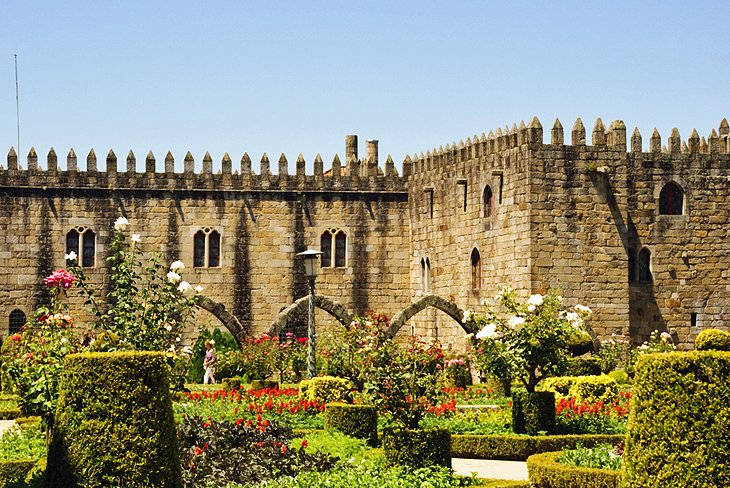
Near the Sé is another of Braga's landmark buildings, the former archbishop's palace. Fronting a landscaped 17th-century garden - Jardim de Santa Bárbara - the palace itself dates from the 14th century and was enlarged in the 17th and 18th centuries. The premises are now home to university offices and the municipal library and archives where more than 300,000 volumes and 10,000 valuable manuscripts are stored.
The palace is not open to the public, but tourists can glimpse the splendid azulejo tiles lining the stairway by peeping into the main entrance.
Address: Praça Municipal, Braga
Bom Jesus do Monte
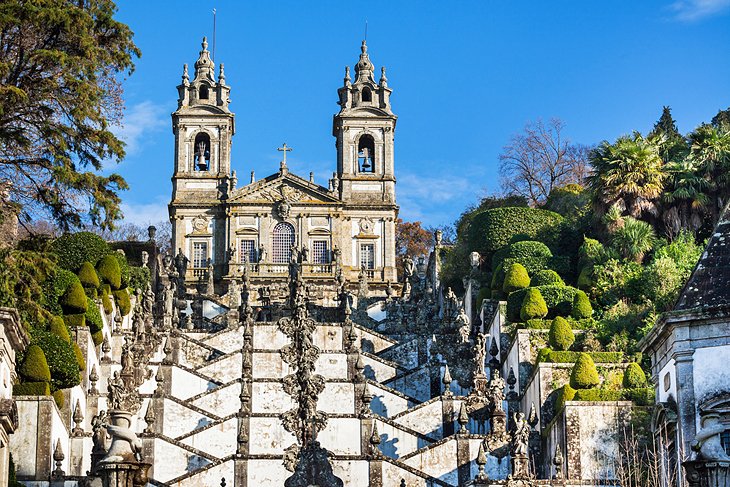
The most impressive religious sanctuary in Portugal, Bom Jesus do Monte lies six kilometers east of Braga in a verdant park draped over the western slopes of Monte Espinho and remains one of Portugal's most compelling visitor attractions.
Connecting the entrance portico with the hilltop church of Bom Jesus is the extraordinary 18th-century Baroque Escadaria, a monumental staircase built of granite and interconnected by a series of chapels showing the 14 Stations of the Cross. Wall fountains and statues of biblical figures embellish the stairway's mid-section, while the final stretch, the much-photographed allegorical Staircase of the Three Virtues, is accentuated by zigzagging whitewashed walls.
A site of worship for pilgrims from around the world, the shrine at the summit can be reached via the hydraulically operated funicular railway or on foot by climbing the steep stairs. The effort of the climb is rewarded by a spectacular panoramic view.
Location: 6 kilometers east of Braga
Museu dos Biscainhos (Museu Etnográfico e Artístico)
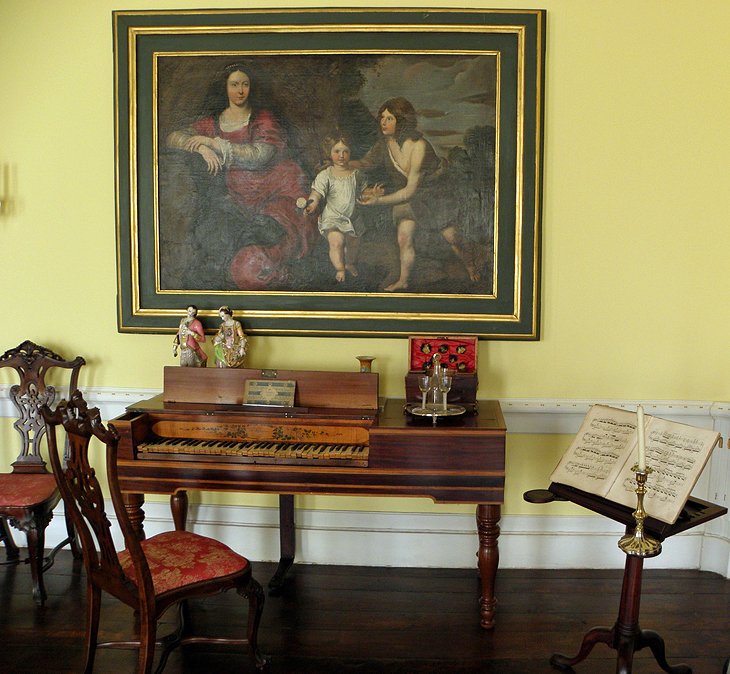
The engaging Museum dos Biscainhos is set in the Palácio dos Biscainhos, a fine example of an 18th-century nobleman's mansion, the foundations of which date from the 16th century. Actually, the official name of the museum is the Museu Etnográfico e Artístico (Ethnography and Arts Museum) and displays Roman relics, 17th-to-19th-century foreign and Portuguese furniture, pottery, and other domestic artifacts.
The palace building itself is reason enough to visit. Its aristocratic Baroque legacy is still evident, with polychrome, chestnut-paneled ceilings, and polished azulejo tiles that lend the building a refined character. The oratory, games room, music room, and the grand dining room are all standout features, as is the grand country kitchen.
The ground floor features ribbed flagstones that surround the old coach stables, designed to allow carriages inside the palace to deposit guests and other VIPs.
Address: Rua dos Biscainhos, Braga
Museu de Arqueologia Dom Diogo de Sousa (Dom Diogo de Sousa Archaeology Museum)
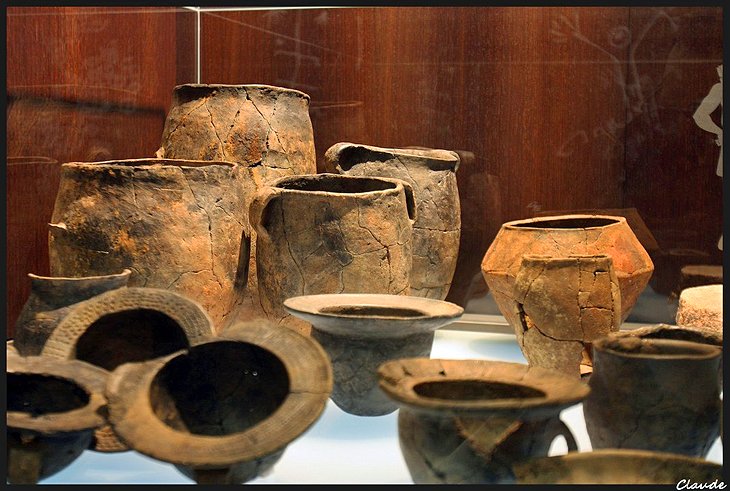
Founded in 1918, the Dom Diogo de Sousa Archaeology Museum was created ostensibly to support regional archaeological investigation and is incorporated into the Institute of Museums and Conservation under the auspices of the Ministry for Culture.
The building houses a carefully designed exhibition that showcases Braga's earliest days. With only four rooms earmarked to display artifacts, the permanent collection is modest in scope but manages to cover the Palaeolithic period, the days of Roman rule and on up to the times ruled by the Suevi-Visigoth (5th through 7th centuries).
The museum's public areas extend to an auditorium, temporary exhibition space, café and gift shop, and an attractive garden.
Address: Rua dos Bombeiros Voluntários, Braga
Museu Pio XII (Pio XII Museum)
Exploring the multifaceted Pio XII Museum is among the most interesting things to do in Braga. The museum works on several levels. The collection of archaeological exhibits introduces the visitor to the city's illustrious past, with artifacts dating from the distant Palaeolithic era. Arguably, the most interesting works are the displays of jewelry, ceramics, sculpture, and textiles from the medieval period.
The museum also has a portfolio of paintings by the 20th-century artist Henrique Medina de Barros, one of Portugal's most respected portrait painters.
The highlight of a museum tour is access to the Nossa Senhora da Torre, the Medieval Tower where, throughout its five floors, the colorful history of the Braga is narrated right up until the present day. The top of the tower affords glorious views of the city and surrounding countryside.
Address: Largo de Santiago 47, Braga
Fonte do Ídolo (Idol Fountain)
Located rather incongruously in the town center, the Idol Fountain is an unusual Roman-era monument possibly dating from the 1st century BC. Set above a spring that, during its time, was an essential community water source, the fountain was originally commissioned by one Celico Fronto, an immigrant from the city-state of Arcobriga. An inscription carved into the granite outcrop from which the fountain was created says as much.
Near that dedication is a sculptured figure adorned in a toga, which archaeologists believe represents the same man. In fact there are several carved figures placed around the fountain, as well as traces of foundations that indicate that the sanctuary might have been part of a much larger temple complex.
A visitor center screens an introductory video explaining the history behind the ruins.
Address: Rua do Raio, Braga
Semana Santa
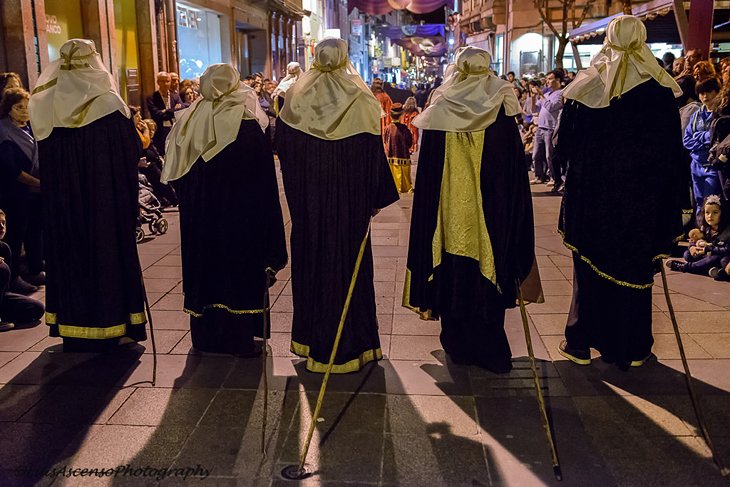
Braga's Holy Week festivities are regarded as the most authentic and devout in Portugal and celebrate the most important tourist and religious event in the city. Held annually at Easter, the weeklong series of solemn street processions begins on the Saturday before Palm Sunday, with Maundy Thursday's eerily silent Ecce Homo torchlit parade the most dramatic, featuring hooded penitents marking Christ's Passion.
The Sé (cathedral) plays an important role in the proceedings, hosting vigils and mass throughout.
Location: Braga Old Town
Official site: http://www.semanasantabraga.com
Capela São Frutuoso de Montélios
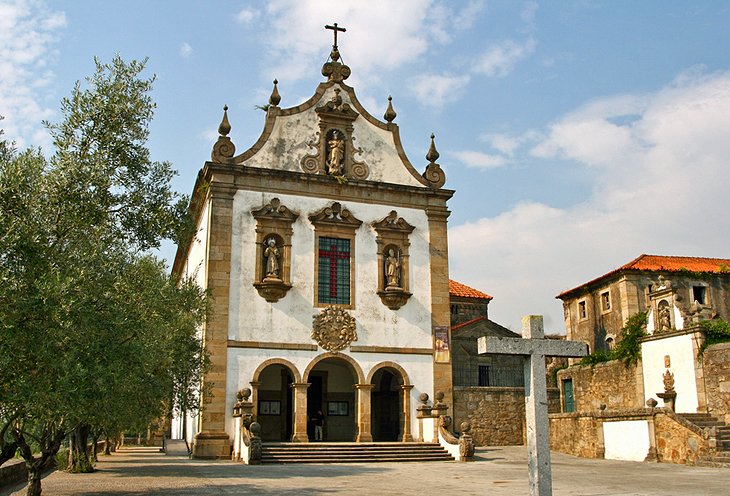
Tucked away in the sleepy suburb of São Jerónimo Real, three kilometers northwest of Braga city center, is one of the oldest surviving Christian buildings in Portugal, the São Frutuoso de Montélios chapel. Originally constructed around the 7th century, it was destroyed by the Moors and rebuilt in the 10th century.
The chapel is one of the few remaining examples of pre-Romanesque architecture in the country; parts of the structure show Byzantine influences - an unusual feature in Portugal. Actually, the simple interior, which features a fine carved pulpit, reflects a number of styles, including Visigoth and Lombard building techniques.
Against the rear of the chapel is the sarcophagus of São Frutuoso; the saint's remains are now in the adjoining church of the former Franciscan convent in which the chapel was incorporated in the 18th century.
Address: Avenida São Frutuoso, São Jerónimo Real
Day Trips from Braga
Peneda-Gerês National Park
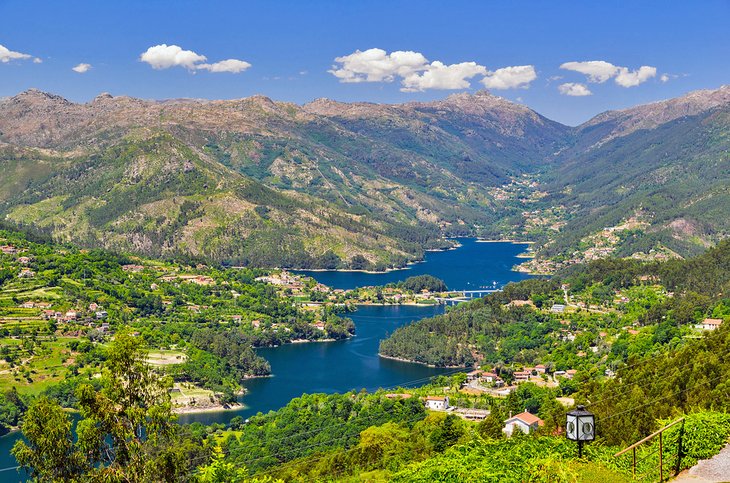
A leisurely 40-minute drive northeast of Braga is one of Portugal's greatest natural attractions, Peneda-Gerês National Park.
Extending over 720 square kilometers, the park's wild and windswept environment provides a dramatic backdrop for numerous granite-built villages, one or two crumbling medieval castles and monasteries, and remnants of a Roman road that ran from Braga to Asorga in Spain.
But it's perhaps the grandeur of nature that truly catches the imagination. Peneda-Gerês is spread across four mountain ranges - Peneda, Soajo, Amarela, and Gerês - geography resplendent with majestic, towering peaks; yawning valleys of oak, pine, and yew; deep, echoing ravines; and crystalline reservoirs, rivers, and waterfalls.
The park's abundant wildlife includes sprightly roe deer (the park's symbol), the elusive Iberian wolf, wild sure-footed Garrano ponies, and long-horned Barrosã cattle. Above, short-toed eagles share the air with rock swallows and red-backed shrikes, among other dazzling bird species.
Outdoor enthusiasts and adventure tourists are drawn to the park's wealth of recreation options. The rugged terrain is embroidered with numerous trails that are best followed as part of a guided walk. You can also have great fun kayaking translucent lakes, rappelling down sheer rock faces, and sliding down waterfalls while canyoning.
There are five main entrances to the park: Lamas de Mouro Gate, Mezio Gate, Lindoso Gate, Campo do Gerês Gate, and Montalegre Gate. Campo do Gerês Gate is the closest entry point to Braga. Each entrance has a visitor reception where tourist information, including accommodation options, is available. The park's head office, meanwhile, is located in Braga, on Avenida António Macedo.
Caldas do Gerês
An ideal base from which to explore Peneda-Gerês National Park is Caldas do Gerês. Spectacularly set in a wide, verdant valley, this venerable spa town is the park's main resort.
Renowned for the mineral-rich spring waters that bubble up from deep within the park's belly, Caldas do Gerês is a popular destination for those seeking a spot of pampering at the contemporary Águas do Gerês hotel and spa complex.
The town is also endowed with the Parque das Termas, a tranquil tree-shaded park that provides tempting picnic opportunities, set as it is either side of a babbling stream. Swimming and rowboat hire is possible during the summer months.
Location: Peneda-Gerês National Park, Minho
Lindoso
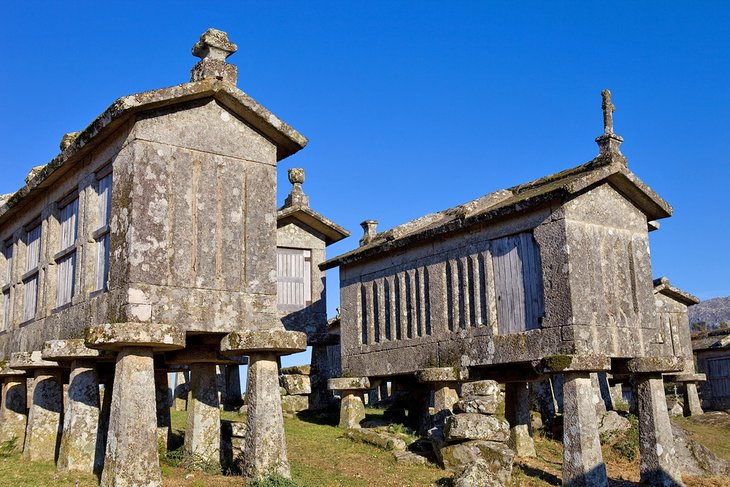
The ruins of an ancient castle peer down on once-remote Lindoso. But this quaint village is better known for its extraordinary collection of tomb-like espigueiros - stone granaries.
Resembling elaborate coffins, these grain stores are raised off the ground on granite legs and have slots in the sidewalls, a design which keeps the grain and maize away from hungry vermin and allows dry air to circulate. Each is topped with an ornamental cross.
Around 50 of these weathered 19th-century silos are spread out on the slopes beneath the castles walls.
Peneda
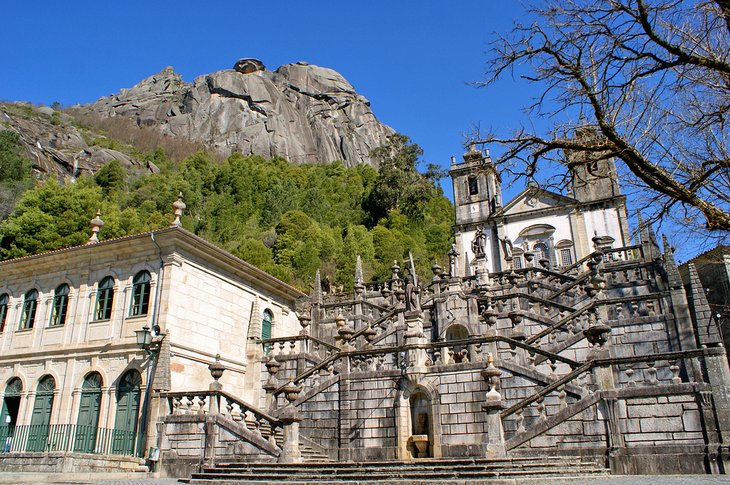
The small mountain village of Peneda straddles the northern reaches of the Peneda-Gerês National Park boundary. It's a fair drive from Braga but worth the effort, not least to cast eyes on the soaring 1,258-meter summit of Penameda.
This imposing granite monolith looms large over the decorative Sanctuário da Nossa Senhora de Peneda. The elaborate sanctuary is a miniature version of Braga's church of Bom Jesus, and is visited in early September by pilgrims from all over the region.
Otherwise, this remote destination is little explored by outsiders, and therein lies its charm: Peneda is not much more than a few shops and cafés clustered around the square, but the idyllic seclusion and sense of local tradition is palpable.
Ponte da Barca
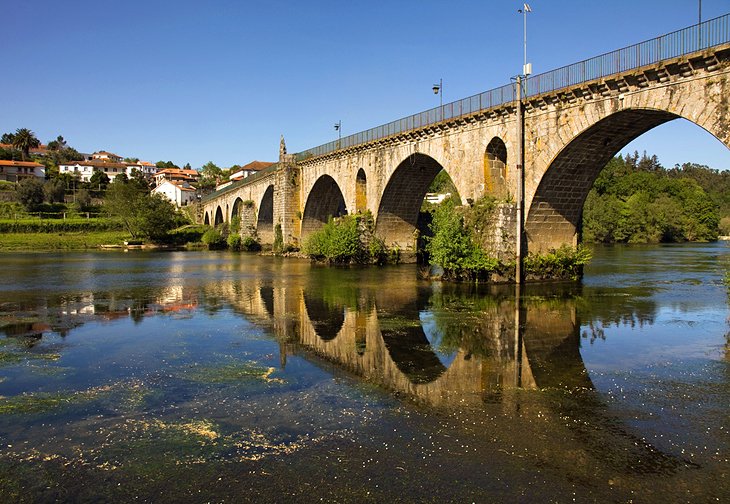
Ponte da Barca is a picturesque market town 30 kilometers north of Braga and a popular excursion destination. Named after the graceful 15th-century bridge that spans the River Lima, it is also a useful base from which to explore the beautiful Peneda-Gerês National Park.
Tourists are drawn to this quiet backwater for all sorts of reasons, not least the tranquil town center, the focus of which is the handsome 15th-century parish church. The nearby pillory dates from the 16th century and is crowned with a sphere and pyramid. In fact, the historical center's architectural veneer is exemplified by rows of solid granite mansions and townhouses, most of which date from the 16th and 17th centuries.
The peaceful Jardim dos Poetas (Poets' Garden) and the parks dotted along the riverfront are ideal for picnics, while the daily flea market attracts bargain hunters from across the region.
Location: 30 kilometers north of Braga
Bravães
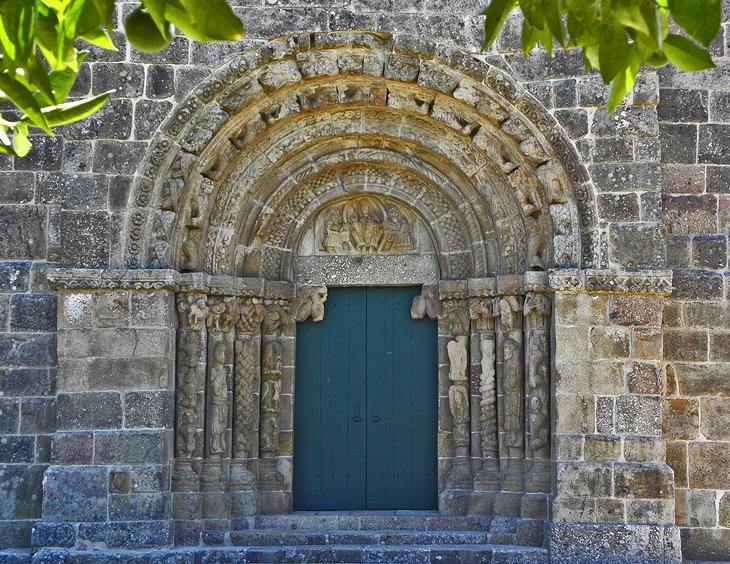
Bravães is a Romanesque gateway. The village, about five kilometers west of Ponte da Barca, is known for its tiny 13th-century Igreja de São Salvador and the treasures therein. Some of Portugal's finest Romanesque carvings grace the walls of this diminutive parish church. Elaborately sculptured oxen, monkeys, and falcons decorate the arched columns of its main portal; the carved relief on the tympanum is of Christ flanked by two angels. The interior is also embellished with rich relief decoration and carved friezes, and the remains of some 14th-century frescoes.
Location: 5 kilometers west of Ponte da Barca
Arcos de Valdevez
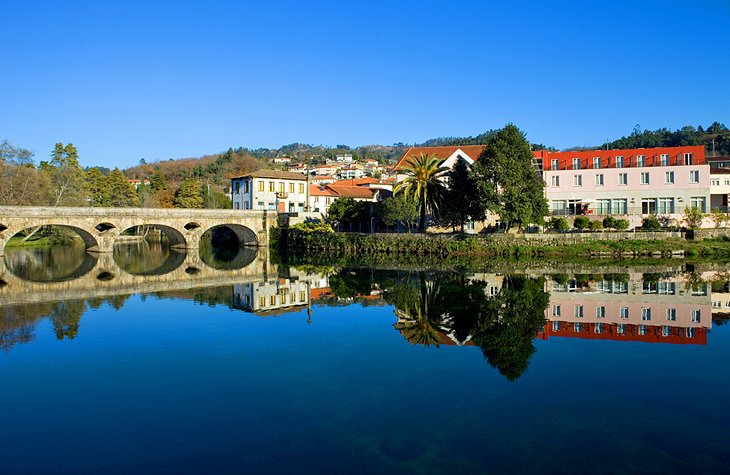
Straddling the banks of the River Vez, five kilometers north of Ponte da Barca is the attractive market town of Arcos de Valdevez. Tourists are lured here because of its proximity to the Peneda-Gerês National Park. But an interesting diversion within the town itself is the Baroque Nossa Senhora da Lapa. The church, built in 1767, is remarkable for its octagon-shaped interior.
Other architectural attractions worth seeing are the finely sculptured Manueline pillory standing in the town center, and the ancient bridge.
Location: 5 kilometer north of Ponte da Barca
Ponte de Lima
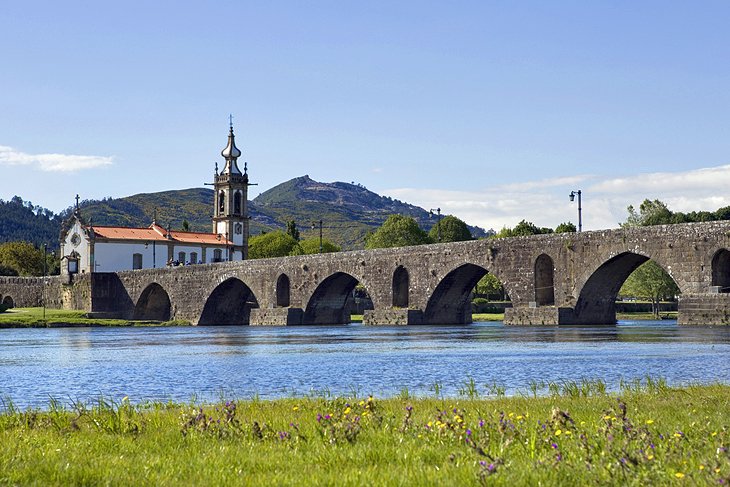
Rivaling Ponte da Barca in the beauty stakes is Ponte de Lima, another riverside gem situated 15 kilometers west of Bravães. Its name is derived from the Roman bridge that spans the River Lima. The 15th-century church of Santo António stands at one end of the bridge, its tapered belltower often reflected in the still waters.
The church houses the interesting Museu dos Terceiros, a museum of sacred art. The remains of medieval fortifications and a maze of cobbled streets lined with 16th-century houses heighten the old town's rustic charm. A huge traditional market with its origins in the early 12th century enlivens the riverfront near the bridge.
Location: 15 kilometers west of Bravães
Map of Tourist Attractions in Braga & Easy Day Trips
Braga, Portugal - Climate Chart
| Average minimum and maximum temperatures for Braga, Portugal in °C | |||||||||||
| J | F | M | A | M | J | J | A | S | O | N | D |
| 14 5 | 14 6 | 16 7 | 18 8 | 20 11 | 23 14 | 25 15 | 25 15 | 24 14 | 21 11 | 17 8 | 14 6 |
| PlanetWare.com | |||||||||||
| Average monthly precipitation totals for Braga, Portugal in mm. | |||||||||||
| 170 | 170 | 112 | 112 | 89 | 53 | 15 | 23 | 64 | 132 | 152 | 175 |
| Average minimum and maximum temperatures for Braga, Portugal in °F | |||||||||||
| J | F | M | A | M | J | J | A | S | O | N | D |
| 56 41 | 57 42 | 61 44 | 63 46 | 67 51 | 72 56 | 76 59 | 77 58 | 75 57 | 69 52 | 62 46 | 57 42 |
| PlanetWare.com | |||||||||||
| Average monthly precipitation totals for Braga, Portugal in inches. | |||||||||||
| 6.7 | 6.7 | 4.4 | 4.4 | 3.5 | 2.1 | 0.6 | 0.9 | 2.5 | 5.2 | 6.0 | 6.9 |
